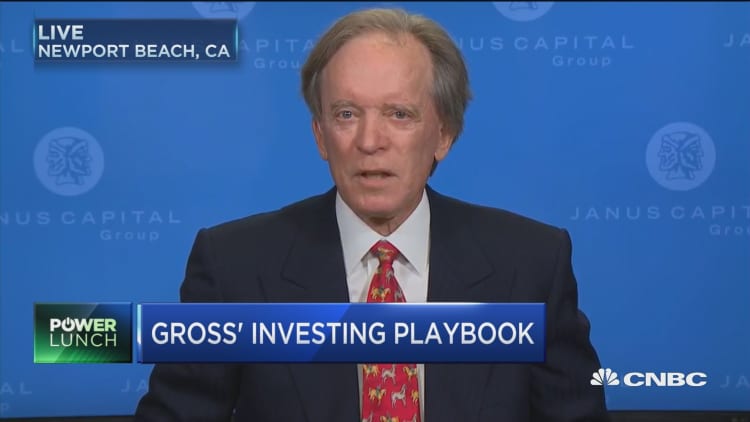May's employment report could be just as weak if not weaker than April's, due to an expected slowdown in hiring at big chain stores and the temporary impact of the Verizon strike.
The consensus estimate of economists is for 164,000 nonfarm payrolls, with the unemployment rate at 4.9 percent, according to Thomson Reuters. In April, the unemployment rate was 5 percent and payrolls were at 160,000, a shocking 40,000 below what was expected.
This month, economic forecasters have lowered their expectations due to the impact of 35,000 striking Verizon workers. The company announced an end to that strike last week. The jobs report is expected at 8:30 a.m. EDT Friday, at the same time international trade data is released. There are also ISM nonmanufacturing and factory orders at 10 a.m.
Read MoreJune rate hike would give Fed option for 3 increases this year: Kovacevich
"In Q1, retail trade payrolls rose by an average of more than 50,000 a month. That was incongruous with what was going on in retail," said Ward McCarthy, chief financial economist at Jefferies. "We saw some payback in April and I think we'll see some payback in May." He expects to see 155,000 nonfarm payrolls.
The jobs report is the most important piece of data, before the Fed next meets June 14 and 15, but a soft number is not what would discourage the Fed from raising rates. The futures market is pricing in higher expectations for July, and some economists expect the Fed to raise rates later in the summer or even second half of the year because of the June 23 U.K. vote on exiting the European Union.
"If we get my numbers and the household survey looks halfway decent, I think they're still on track to go June 15," said McCarthy. "They're not going to know anything about Brexit. The only thing they're going to know is if the markets are getting rattled … if the VIX is spiking up in anticipation of Brexit on June 15, I think that would probably cause them to delay until July. If that's not happening, to me the logical thing to do is follow through with what they seem to be talking about in the minutes and get it over." The Fed, in the minutes of its April meeting, revealed that FOMC members would like to raise rates in June if the economic data is strong enough.

Mark Zandi, chief economist of Moody's Analytics, believes a July hike is more likely. "If they really wanted June, they would have prepared markets better," he said.
He expects to see 160,000 nonfarm payrolls, and he estimates inclusion of the Verizon striking workers would have reduced the payrolls by about 25,000 because the company also added some temporary workers.
June's payrolls should rise as the Verizon workers are added back in. Even though job growth is slowing this spring, some economists aren't ready to say the 200,000-plus-a-month hiring trend is over. There are some expectations hiring will fall off as the economy gets closer to full employment.
Read MoreRoger Altman: Why investors can't rely on conventional wisdom
"I would be delighted to see something much stronger. It's not a sign we hit a new normal and this is a natural slowing," said Diane Swonk, CEO of DS Economics. "I think there's a give-back due to seasonal stuff. We had a weak first quarter. We had weak manufacturing." Swonk expects just 135,000 nonfarm payrolls and says retail could play in depressing the number.
"Retail hiring was awfully strong in the first quarter. The seasonals are now turning against us. Plus, we have a structural change going on in retail," she said. Swonk said while retail could see another weak month, transportation and warehousing could rise on the "Amazon effect," which also reflects a change in consumer spending from brick-and-mortar stores to online sites.
Economists expect to see average hourly wages gain by 0.2 percent, or an annual pace of 2.5 percent. "We had been in a world of 0.1 to 0.2 percent monthly gains. Now we're in a world of 0.2 to 0.3 percent monthly gains," said Zandi.
Read More7 classic portfolio lessons from extreme investments
"The pickup in wage growth feels pretty definitive to me," said Zandi. "I can see it in almost all the data now. It's consistent with the idea we're coming into full employment."
He said at a time of full employment, hiring will slow because businesses won't be able to find workers to fill positions. "This current slowdown could be temporary. It could be statistical," he said. "My sense is there's still more to run here and this is a statistical lull."
Besides data, there is a speech at 3:45 a.m. EDT by Chicago Fed President Charles Evans, who is in London. Fed Gov. Lael Brainard speaks at 12:30 p.m. EDT on policy and the economic outlook.


